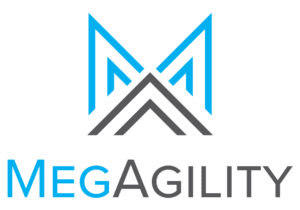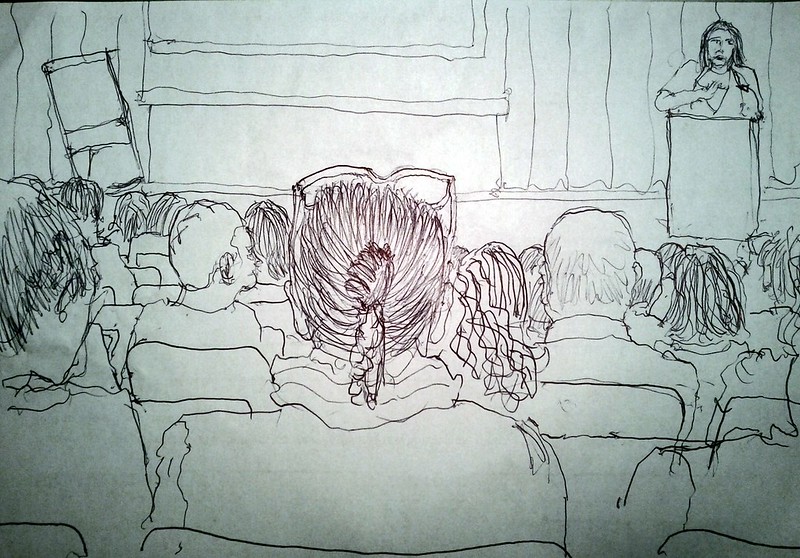
It’s the 2021 Olympic season and do you know what winning athletes in Tennis, Volleyball, Basketball and Boxing have in common? They adapt to their competitor. They must be able to change strategy at a moments notice. If they do not, they risk suffering injury and defeat in front of millions.
In sports this term is called “adaptability”. The definition being, the ability to learn from experience, and be able to change to become more effective. In software, we call this agility and even have an Agile Principle dedicated to it. The 2nd Agile Principle states,
“Welcome changing requirements, even late in development. Agile processes harness change for the customer’s competitive advantage”.
If we cannot adapt to our fast pace digital world then we can be certain that our company will eventually suffer defeat as well. We must understand that our work is not only emergent, but it is also complex. This means we have unpredictable moments. We might be working in a highly regulated industry where there is absolutely no wiggle room for push back when a requirement change happens.
Example: The government says, they need a COVID stimulus check sent out to your customers tomorrow. You must stop what you are doing and figure out how to configure your system to distribute and track these checks.
Therefore, it is so important that we have faith in our Product Owners. When they say, “I just got this in, and it is important.” We must be able to believe and trust that they are managing and prioritizing the work correctly.
When there is an emergency, everyone on the team should be fully aware of what it is and why it is important. Everyone on the team should accept or reject the work together. A successful adoption of a change in requirements might look like this:
“Sure, we can do “X” but we are three days away from completing our Sprint and we will not be able to do “Y” now”.
If you are in an environment where requirements are changing daily, it can be discouraging. No one likes being interrupted and redirected. This can cause massive amounts of waste and technical debt. I encourage you to voice your concerns and discuss the root cause of the problem openly with your team.
- Is it the nature of the business?
- Is it the Executive Team and their lack of alignment?
- Is it the Product Owner or Project Manager lacking the skills they need to do the job?
- Is it a Senior Developer that has a habit of procrastinating on important tasks?
Remember that agility is not only about accepting requirements late in development. It is also about nurturing an environment where at regular intervals the team inspects how they are doing and adjusts to become more effective.
Like so many things, agility is about balance. Keep an open mind so you can adjust at moment’s notice, but recognize when the game you are playing is not working. Take your work as seriously as a professional athlete takes the Olympics. This will ensure you and your company keep winning.




